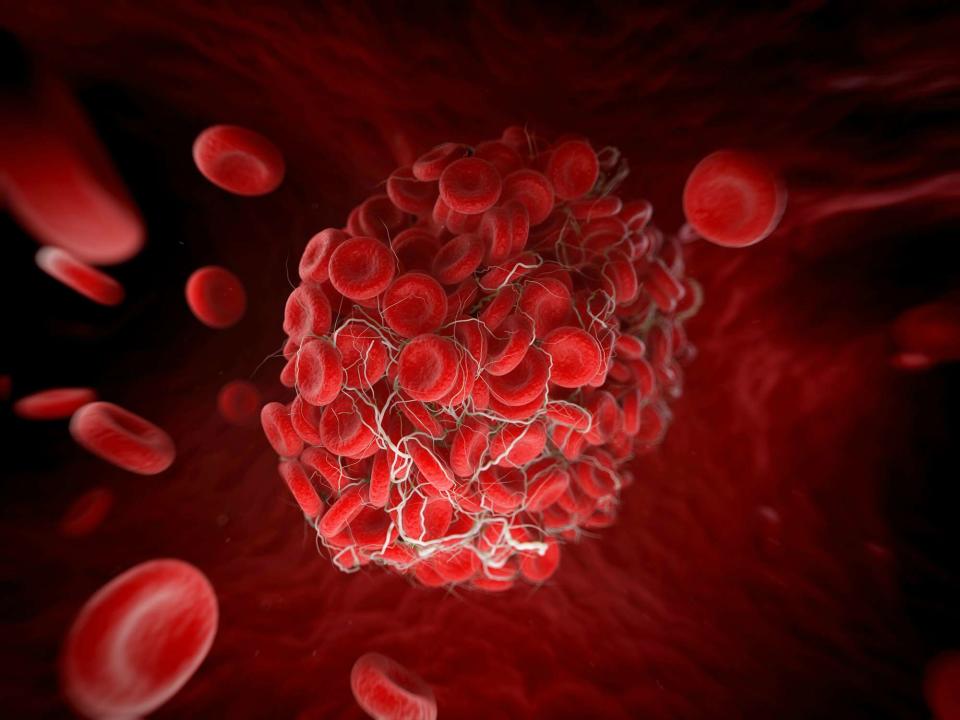What Is Nephrotic Syndrome?
Indication of kidney disease

Medically reviewed by Matthew Wosnitzer, MDFact checked by Nick Blackmer
Nephrotic syndrome is a combination of symptoms that indicate the kidneys aren’t working properly and can be seen in kidney disease. It is, therefore, a clinical diagnosis and not a disease by itself.
This article explores the signs and symptoms and how it’s diagnosed and treated.
Signs and Symptoms
Nephrotic syndrome can be seen in a variety of conditions that lead to it.
The combination of abnormalities that are grouped together under the umbrella term nephrotic syndrome include:
Severe proteinuria, or excretion of an abnormally high level of protein in the urine
Low protein level in the blood
Edema, or swelling in the body
High cholesterol and other lipids (fats) levels in the blood
Tendency to form blood clots
What Causes Nephrotic Syndrome?
Typically the kidneys’ filters (the glomeruli) only allow waste products out from the blood into the urine. They hold back bigger molecules like protein particles found in the blood, one of which is albumin.
In nephrotic syndrome, the glomeruli lose their ability to discriminate between the substances that pass through the kidney. Larger molecules begin to leak out into the urine, meaning “good stuff” passes out into the urine right along with waste products. This sets off a cascade of events that lead to full-fledged nephrotic syndrome.
These alterations can occur on their own, with no apparent explanation, but are most commonly due to diseases or exposures that cause damage to the glomerulus.
Diseases
Kidney diseases such as focal segmental glomerulosclerosis that causes scarring of the glomeruli, are the most common causes of nephrotic syndrome.
Other types of diseases can also cause alterations leading to nephrotic syndrome. These include:
Autoimmune diseases like lupus, in which the immune system malfunctions and attacks its own tissues and organs
Infections such as HIV, hepatitis B, and hepatitis C
Genetic disorders that affect the kidneys
Exposures
Nephrotic syndrome can also be caused by:
Medications such as bisphosphonates (used to treat osteoporosis, a thinning and weakening of bones) and nonsteroidal anti-inflammatory drugs (NSAIDs) often taken for pain
Environmental toxins
Related: Causes and Risk Factors of Chronic Kidney Disease
Diagnosis
Usually, the suspicion of nephrotic syndrome is set off by unexplained swelling around the eyes or in the ankles. Investigations for this would often include urine testing. This would then reveal an abnormally high level of protein in the urine.
Sometimes patients with severely elevated protein in the urine will complain of seeing foam or suds in urine. Other abnormalities like low protein levels in the blood or high cholesterol levels may also be noted on blood tests.
These tests will not necessarily identify the cause of nephrotic syndrome. If the cause is not apparent when reviewing someone’s medical history, a kidney biopsy will often need to be done. This is a procedure that involves taking a small sample of tissue from the kidney and examining it in a lab.
Related: Understanding Kidney Function Tests
Complications
Nephrotic syndrome due to certain diseases may actually resolve on its own. However, uncorrected nephrotic syndrome can have harmful consequences.
Progressive worsening of the kidneys’ function and their ability to filter waste products and excess fluid from the body
Increased risk of heart disease
A higher risk of blood clots, deep vein thrombosis (a blood clot in a large vein), or pulmonary embolism (blood clot in the main blood vessel leading to the lungs)
Increased risk of infection due to the loss of protective antibodies that help fight diseases via the urine
Treatment
This is a condition that is best treated by seeking the advice of a nephrologist, a physician who specializes in kidney diseases.
Treatment varies based on the cause, symptoms, and level of kidney damage.
Once these factors are determined, treatment might include a combination of the following medications:
Angiotensin-converting enzyme (ACE) inhibitors or angiotensin II receptor blockers (ARBs) to help reduce protein loss and lower blood pressure
A diuretic (water pill) like furosemide to reduce swelling
Statins to lower cholesterol
The success of treatment also depends on the cause. Certain concerns are more likely to be responsive to treatment, while others will not even respond to the best options available.
Treatment for any complications may accompany the above. For example, blood thinners may be required for some patients to prevent blood clots. A low-sodium diet is almost always necessary to control swelling.
Summary
Nephrotic syndrome is a combination of symptoms that indicate the kidneys aren’t working properly. It has many causes but is most often caused by kidney diseases.
It is typically diagnosed based on symptoms, medical history, and urine tests.
Read the original article on Verywell Health.

